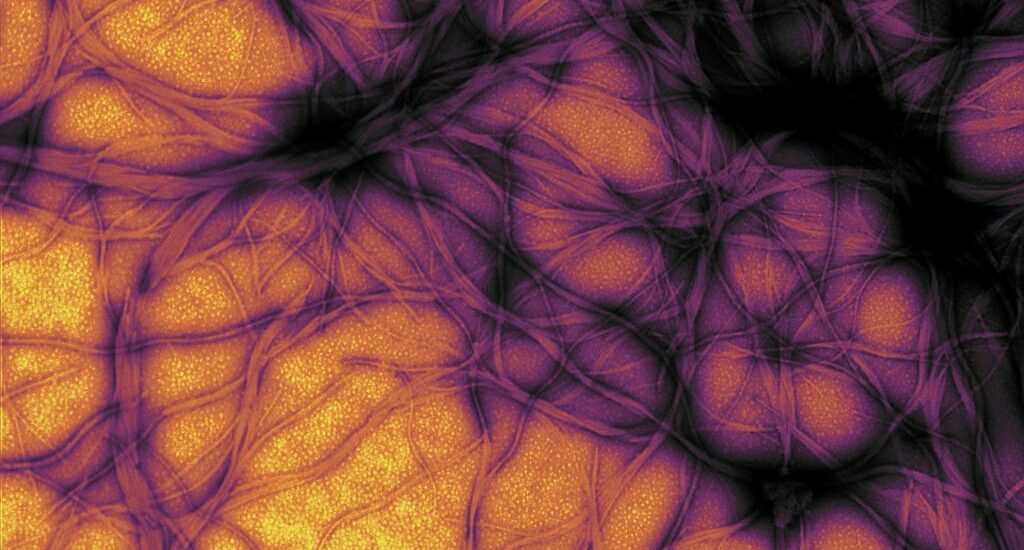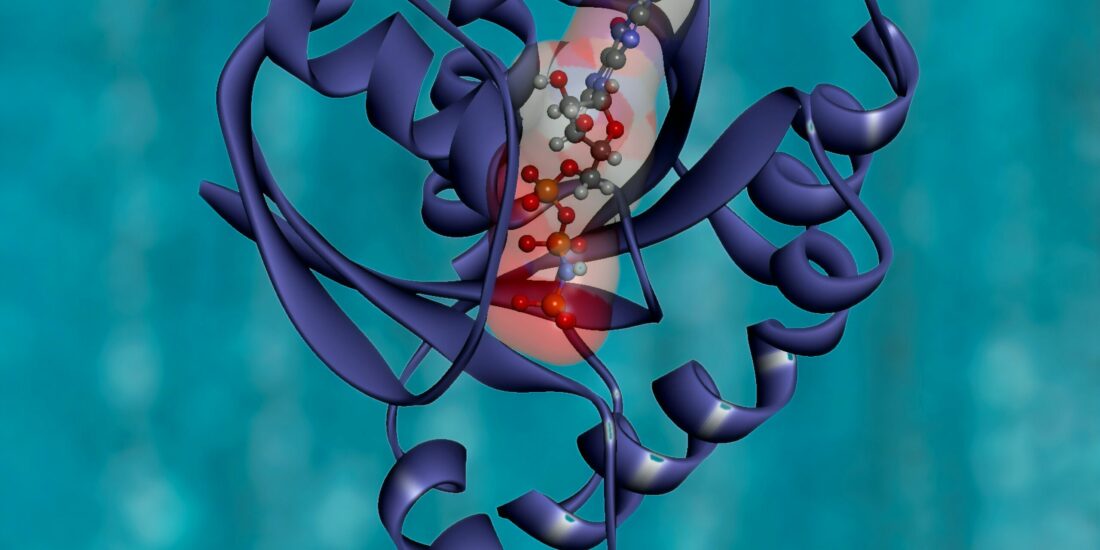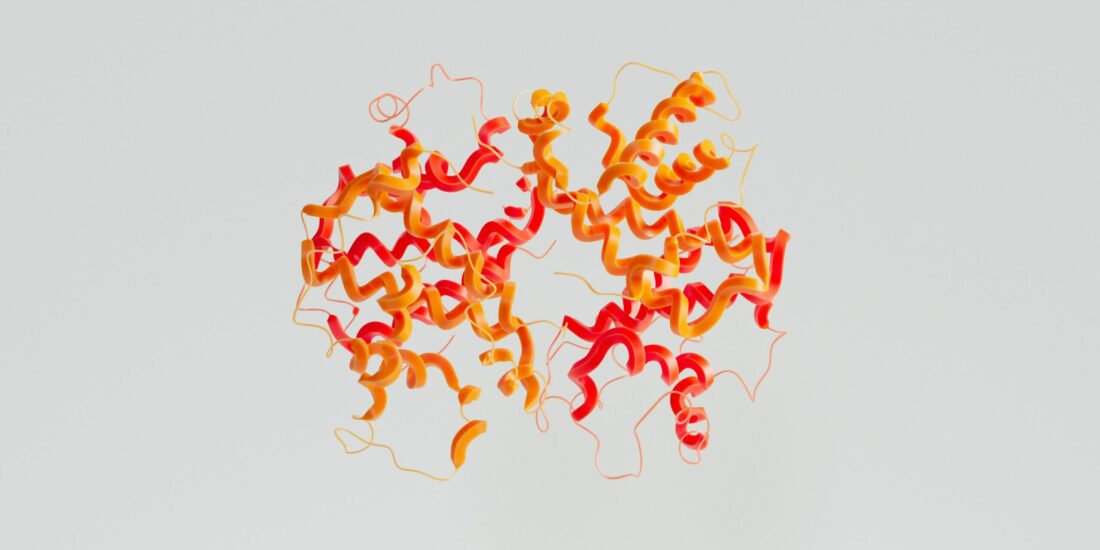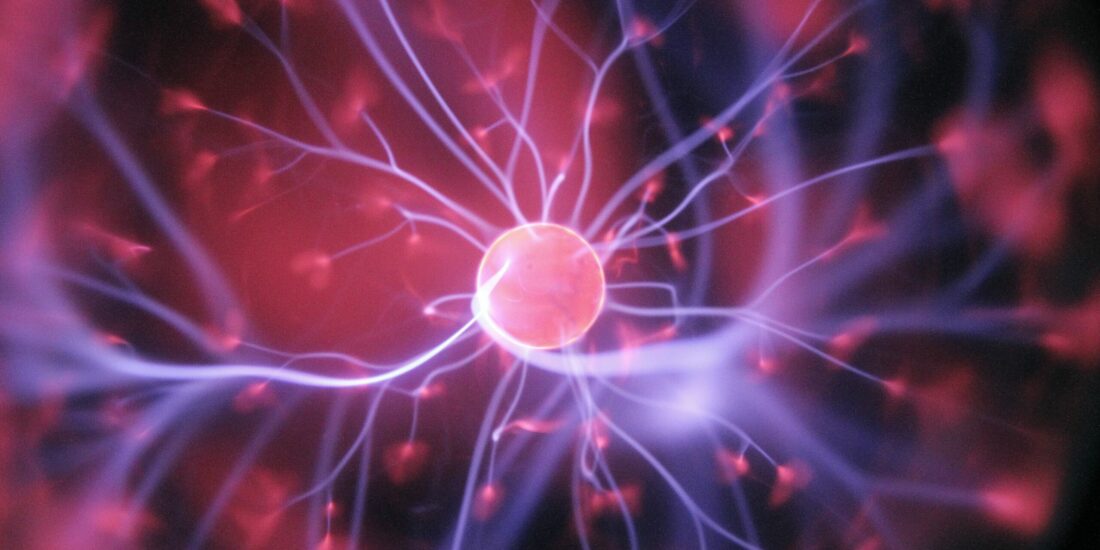Towards Understanding the Relationship Between ER Stress and Unfolded Protein Response in Amyotrophic Lateral Sclerosis
By Chenxuan Zhao, Yong Liao, Abdul Rahaman, and Vijay Kumar Excerpt from the article published in Frontiers in Aging Neuroscience, 15 June 2022, DOI: https://doi.org/10.3389/fnagi.2022.892518 Editor Highlights Protein misfolding and aggregation in cells trigger the ER stress which is overpowered by an adaptive response of cells collectively known as unfolded protein response (UPR). Endoplasmic reticulum […]
Continue ReadingInflammatory signaling mechanisms in bipolar disorder
By Gregory H. Jones, Courtney M. Vecera, Omar F. Pinjari, and Rodrigo Machado-Vieira Excerpt from the article published in Journal of Biomedical Science 28, 45, 11 June 2021, DOI: https://doi.org/10.1186/s12929-021-00742-6 Editor’s Highlights Bipolar disorder (BD) is a highly complex, multifactorial disease with significant clinical heterogeneity, pleiotropy, and pathophysiological basis. Current first-line treatments, while helpful for […]
Continue ReadingA011, a novel small-molecule ligand of σ2 receptor, potently suppresses breast cancer progression via endoplasmic reticulum stress and autophagy
By Yuyun Li, Xiaoyang Xie, Shiyi Liao, Zhanwei Zeng, Siyan Li, Baocheng Xie, Qunfa Huang, Huan Zhou, Chenhui Zhou, Jiantao Lin, Yunsheng Huang, and Daohua Xu Excerpt from the article published in Biomedicine & Pharmacotherapy, Volume 152, 2022, 113232, DOI:https://doi.org/10.1016/j.biopha.2022.113232. Editor’s Highlights The σ2 receptor ligand compound A011 had no measurable affinity for σ1 receptor (Ki > […]
Continue ReadingCompositions and Functions of Mitochondria-Associated Endoplasmic Reticulum Membranes and Their Contribution to Cardioprotection by Exercise Preconditioning
By Yuhu Lv, Lin Cheng and Fenglin Peng Excerpt from the article published in Frontiers in Physiology, volume 13, 06 June 2022 DOI=10.3389/fphys.2022.910452 Editor’s Highlights Abstract Mitochondria-associated endoplasmic reticulum membranes (MAMs) are important components of intracellular signaling and contribute to the regulation of intracellular Ca2+/lipid homeostasis, mitochondrial dynamics, autophagy/mitophagy, apoptosis, and inflammation. Multiple studies have […]
Continue ReadingCharacterization of CM-398, a Novel Selective Sigma-2 Receptor Ligand, as a Potential Therapeutic for Neuropathic Pain
By Lisa L. Wilson, Amy R. Alleyne, Shainnel O. Eans, Thomas J. Cirino, Heather M. Stacy, Marco Mottinelli, Sebastiano Intagliata, Christopher R. McCurdy, and Jay P. McLaughlin Excerpt from the article published in Molecules 2022, 27(11), 3617; DOI: https://doi.org/10.3390/molecules27113617 Editor’s Highlights First identified as Tmem97, the sigma-2 receptor (S2R) was only recently cloned in 2017 and is known […]
Continue ReadingProteostasis collapse is a driver of cell aging and death
By Mantu Santra, Ken A. Dill, and Adam M. R. de Graff Excerpt from the article published in PNAS, 116(44) 22173-22178, October 16, 2019, DOI: https://doi.org/10.1073/pnas.1906592116 Editor’s Highlights Aging results from declining protein quality-control systems involved in protein synthesis, degradation, and chaperoning that normally protect the proteins in the cell’s proteome Proteostasis, the decline in protein […]
Continue ReadingUniversal protein misfolding intermediates can bypass the proteostasis network and remain soluble and less functional
By Daniel A. Nissley, Yang Jiang, Fabio Trovato, Ian Sitarik, Karthik B. Narayan, Philip To, Yingzi Xia, Stephen D. Fried, and Edward P. O’Brien Excerpt from the article published in Nature Communication 13, 3081 (2022). Published: 02 June 2022 DOI: https://doi.org/10.1038/s41467-022-30548-5 Editor’s Highlights Protein homeostasis (“proteostasis”) refers to the maintenance of proteins at their correct concentrations and […]
Continue ReadingFaulty autolysosome acidification in Alzheimer’s disease mouse models induces autophagic build-up of Aβ in neurons, yielding senile plaques
By Ju-Hyun Lee, Dun-Sheng Yang, Chris N. Goulbourne, Eunju Im, Philip Stavrides, Anna Pensalfini, Han Chan, Cedric Bouchet-Marquis, Cynthia Bleiwas, Martin J. Berg, Chunfeng Huo, James Peddy, Monika Pawlik, Efrat Levy, Mala Rao, Mathias Staufenbiel, and Ralph A. Nixon Excerpt from the article published in Nature Neuroscience (2022). Published: 02 June 2022, DOI: https://doi.org/10.1038/s41593-022-01084-8 Editor’s Highlights Alzheimer’s […]
Continue ReadingAccurate Prediction of Virus-Host Protein-Protein Interactions via a Siamese Neural Network Using Deep Protein Sequence Embeddings
By Sumit Madan, Victoria Demina, Marcus Stapf, Oliver Ernst, and Holger Froehlich Excerpt from the preprint article published in bioRxiv 2022.05.31.494170; DOI: https://doi.org/10.1101/2022.05.31.494170 Editor’s Highlights Prediction and understanding of tissue-specific virus-host interactions have relevance for the development of novel therapeutic intervention strategies. A novel deep learning approach to predict virus-host protein-protein interactions (PPIs), is the method (Siamese Tailored […]
Continue ReadingMolecular Signatures of Response to Mecasermin in Children With Rett Syndrome
By Stephen Shovlin, Chloe Delepine, Lindsay Swanson, Snow Bach, Mustafa Sahin, Mriganka Sur, Walter E. Kaufmann, and Daniela Tropea Excerpt from the article published in Frontiers in Neuroscience, volume 16, 31 May 2022, DOI: https://doi.org/10.3389/fnins.2022.868008 Editor’s Highlights Rett syndrome (RTT) is a devastating neurodevelopmental disorder without effective treatments. Rett syndrome is usually associated with a pathogenic […]
Continue Reading









